How Much Does a Polaris Slingshot Weigh?

When you spot a Polaris Slingshot while riding down the street, the first question that likely crosses your mind is its weight. These sleek, futuristic three-wheelers have exploded in popularity in recent years due to their lightweight and high performance, making them a blast to drive. Here at StarknightMT, we are big fans of the Polaris Slingshot and have become very familiar with these one-of-a-kind vehicles over the years. We're here to tell you everything you need to know about their weight and how they stack up against other three-wheeled vehicles on the market.
Getting to Know the Basics
In essence, the Polaris Slingshot combines the advantages of both car and motorcycle riding. Its design simultaneously provides the safety of driving a car while offering some of the fun riding characteristics of a motorcycle due to it being light and nimble. This unique balance is one of the biggest appeals of the Slingshot.
Breakdown of Weight by Model
Before getting into the details of why weight matters, we’ll look at what each specific model weighs to see how they stack up against each other.
Model (Slingshot S) as a base
The base model weighs 1,640 pounds when it's empty of fluid and 1,750 pounds when fueled up and ready to go. With a payload limit of 430 pounds, you have a lot of options for carrying both people and cargo.
Moving On: The SL Model
Choosing the SL model will result in a slight increase in weight, but the extra flair of the model makes it a worthwhile sacrifice. The SL model’s weight rings in at 1,660 pounds dry and 1,770 pounds when loaded up. The vehicle's flexibility is kept up with a payload capacity of 430 pounds.
Top of the Line: GT and R Models
For those of you with the need for speed, the GT and R models weigh in at 1,680 pounds dry and 1,790 pounds wet. They keep the same 430-lb payload capacity as their brothers while improving performance.
Comparison of Three-Wheeler Weight
Let's look at some other well-known three-wheelers to get a better idea of where the Slingshot fits in the market:
The Can-Am Ryker
● Dry Weight: 616 lbs.—the key difference here is that it is much lighter because it is built more like a motorcycle.
● Performance Effect: It speeds up faster but is less stable at high speeds.
The Can-Am Spyder F3
Dry weight: 899 lbs. Main difference: heavier than the Ryker but lighter than the Slingshot.
● Performance Effect: More stable on the highway while keeping movement
Morgan 3-wheeler.
● Weight when dry: 1,157 lbs.
● Main Difference: It's lighter than the Slingshot and looks more retro.
● Performance Effect: There are fewer modern comforts and more raw driving.
Factors that can affect weight and performance
From climate to vehicle trim configurations, there are several factors that can immediately affect the weight and performance of your Polaris Slingshot. Some are fairly straightforward words, such as adding any additional accessories will naturally drive up the scale, but others might not be as intuitive. For example, the climate in your local area can potentially affect weight and performance if there are accessories or modifications being added to address regional climate challenges. Let’s dive into some specifics.
Climate Adaptations
Different climate conditions require specific modifications that can significantly impact a slingshot's weight. In mountainous regions, the thinner air necessitates performance adjustments and specialized tire and brake configurations. Desert environments demand enhanced cooling systems and heat-resistant materials, along with UV protection features.
The most substantial weight additions come from winter climate adaptations, where winter protection systems can add 40-60 pounds, heated comfort features contribute 10-15 pounds, and enhanced battery capacity adds 8-12 pounds. Winter tires also tend to be heavier than their summer counterparts.
Additionally, proper weatherproofing methods are essential across all climates, with each region requiring specific protective measures to ensure optimal vehicle performance and durability.
Paint & Undercarriage Treatment
High humidity and salty air make things difficult in their own way. In these areas, vehicles often need extra coats and treatments to protect them, which can potentially add 5 to 10 pounds to the total weight. For long-term durability, though, this added weight is very well worth the trade-off.
We've seen that Slingshots near the coast are better off when they are treated with specialized anti-corrosive protection for their undercarriage and exterior. Opting for marine-grade hardware such as anti-corrosive nuts and bolts might also add a bit of weight for the sake of improving longevity in these harsher climates.
Vehicle Spec & Trim Level
As we previously stated, there are some differences between the different trim levels of the Polaris Slingshot, meaning each one has its own weight rating and payload capacity. That being said, there are some other factors to consider, such as how you specify your Slingshot, which can ultimately affect the weight. For instance, opting for the manual transmission variant would save you a couple pounds, as automatic transmissions are normally heavier than their manual counterparts.
Those of you who are looking for the best-performing version of the Slingshot should opt for the manual, as the weight savings coupled with the more connected driving experience will certainly provide an edge here.
Effects of Weight on Different Types of Vehicles
Knowing how the Slingshot's weight stacks up against other vehicles in different areas can help you understand how it performs so well:
Compared to motorcycles, which weigh 400 to 800 pounds,
● Heavier but more stable—better cover from the weather
● More space for cargo
● More safety features
Sports cars weigh more than 3,000 pounds.
● A lot lighter—more powerful for its weight—easier to control
○ Better use of power
Customization and Weight Implications to Consider
At StarknightMT, we've done a lot of testing on different modifications and how they affect speed. What we've learned so far:
Upgrades to the sound
Premium sound systems weigh an extra 15 to 25 pounds, but they can be placed so that they are easier to handle. We've found that subwoofers that go under the seats give you the best sound quality and weight spread.
Choices for Wheels
Custom wheels can add or take away 5 to 10 pounds per wheel. Even though they are more expensive, carbon fiber choices are the lightest and strongest without sacrificing strength. In our tests, we can see that lighter wheel sets make the car handle better.
Protection from the weather
Roofs add 30 to 40 pounds, but they protect against the weather, which is very important. We have developed options that are lightweight and do not significantly increase the vehicle's center of gravity.
Improvements in performance
Some changes, like custom exhaust systems, can make the car lighter while also making it faster. Some titanium exhaust systems offered for the Slingshot can cut added weight by up to 15 pounds.
Final Thoughts
The weight of the Polaris Slingshot is a carefully thought-out compromise between speed, stability, and fun. If you understand these weight factors, you can make better choices about modifications and riding style, whether you're cruising in a base model S or pushing the limits in an R.
Want to get the most out of your Slingshot by controlling your weight? Visit StarknightMT to look through our carefully chosen collection of performance-enhancing modifications. We have tested each modification to ensure it achieves the ideal balance between weight and capability.
FAQs
Q1: How does weather safety affect how well it works?
A1: Full-weather protection adds 40 to 60 pounds but gives you peace of mind. Our tests show that when installed correctly, it has little effect on handling.
Q2: Can reducing weight help with performance?
A2: Yes, reducing weight in a smart way can improve efficiency. We have a variety of lightweight parts that keep the structure strong while lowering total mass.
Q3: Does the weight affect the fuel efficiency of the Slingshot?
A3: Yes, the lightweight design contributes to better fuel efficiency compared to heavier vehicles, helping maintain an economical performance on long drives.

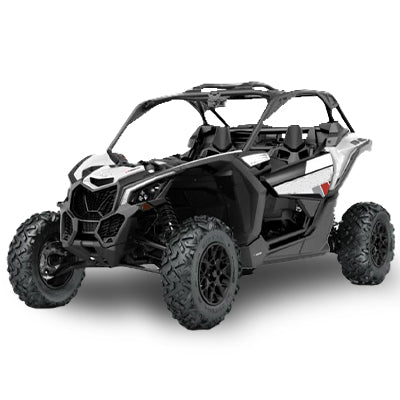
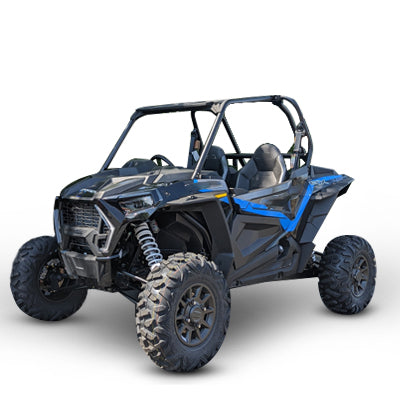
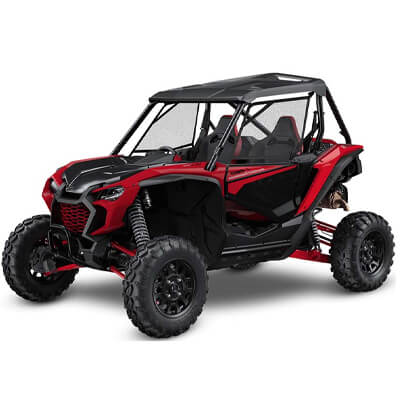
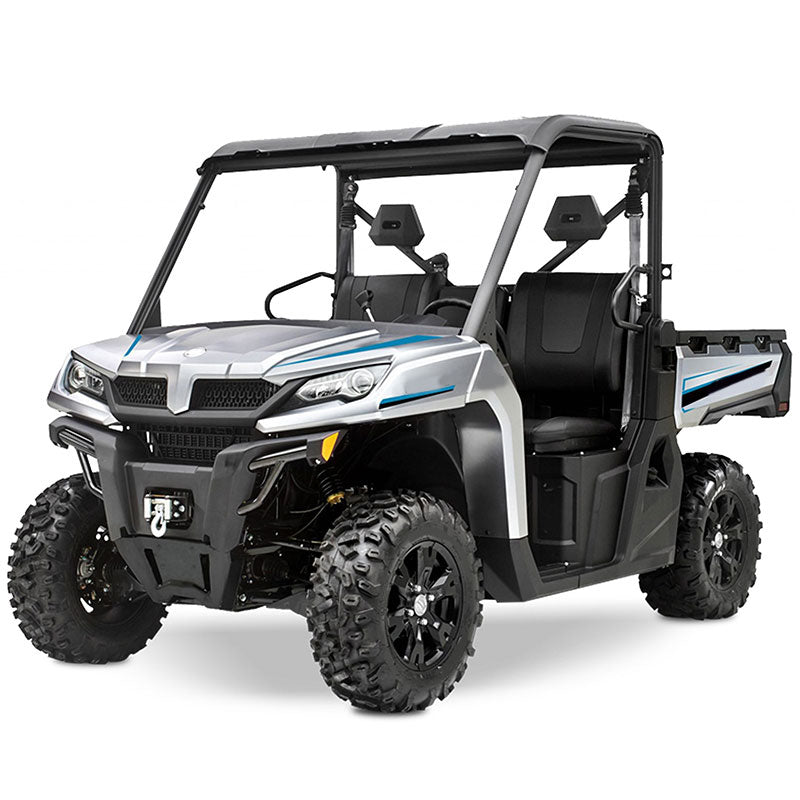
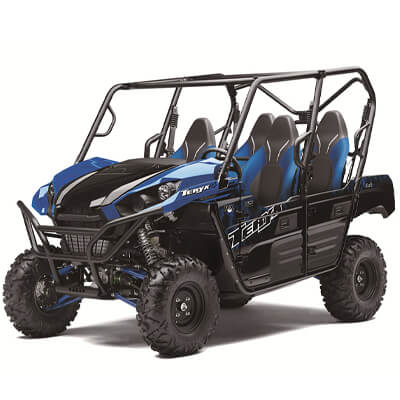
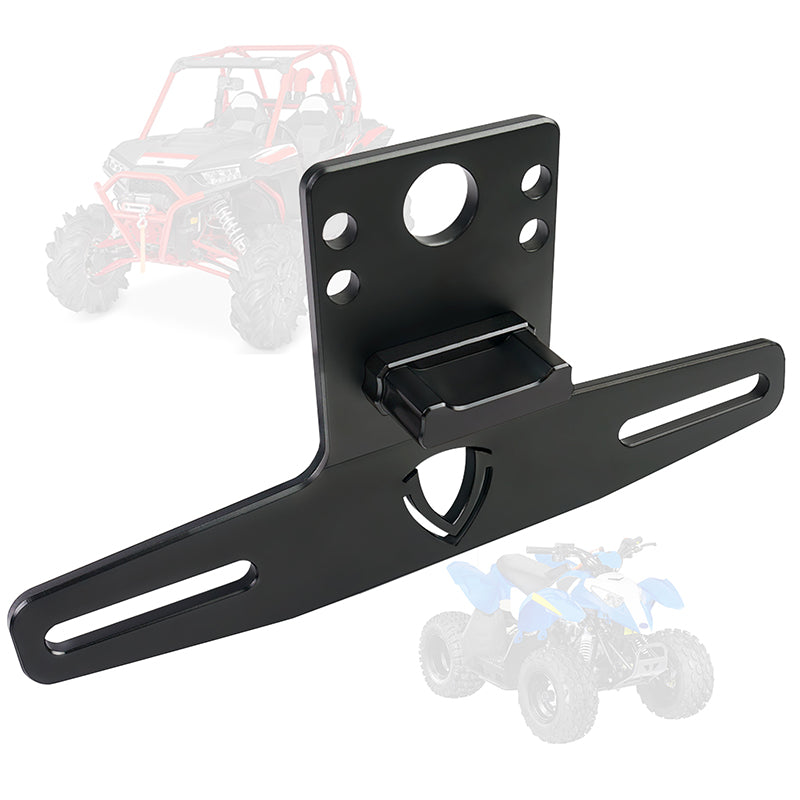
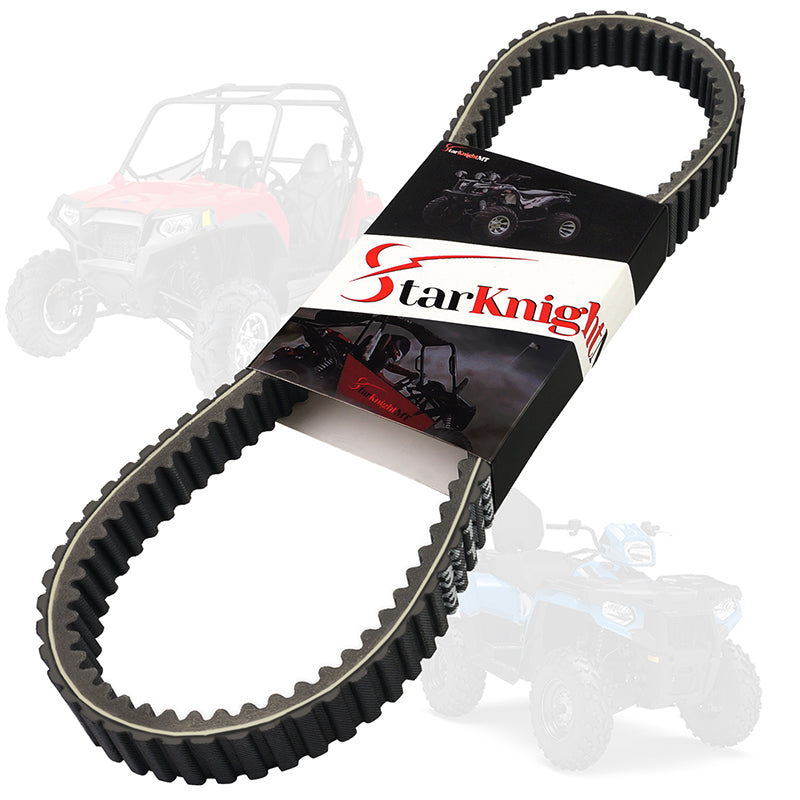




Leave a comment